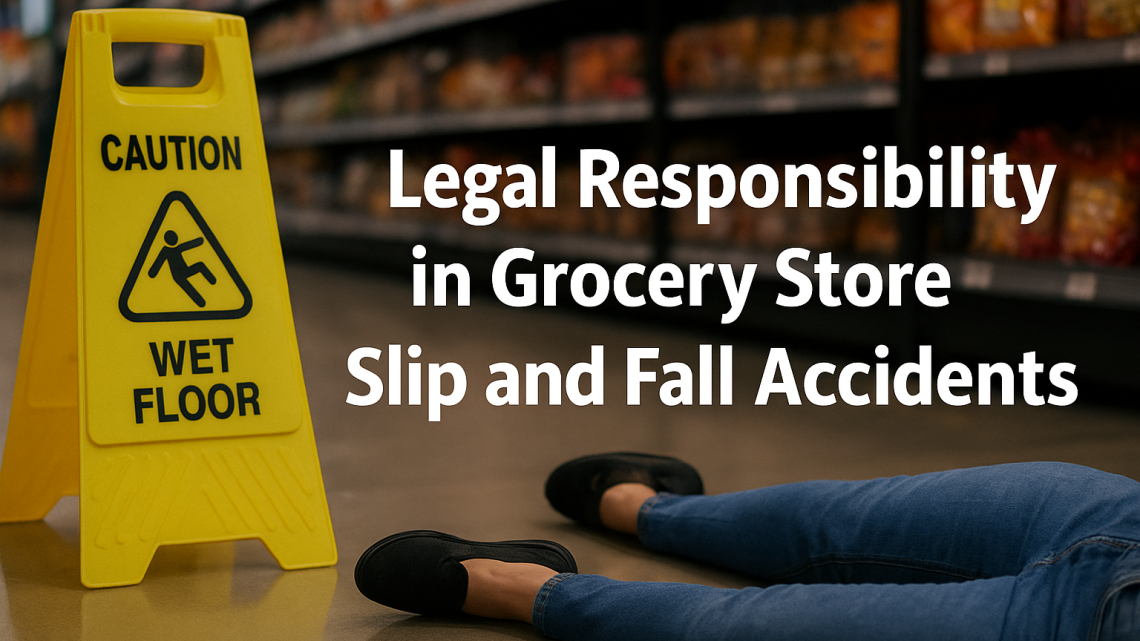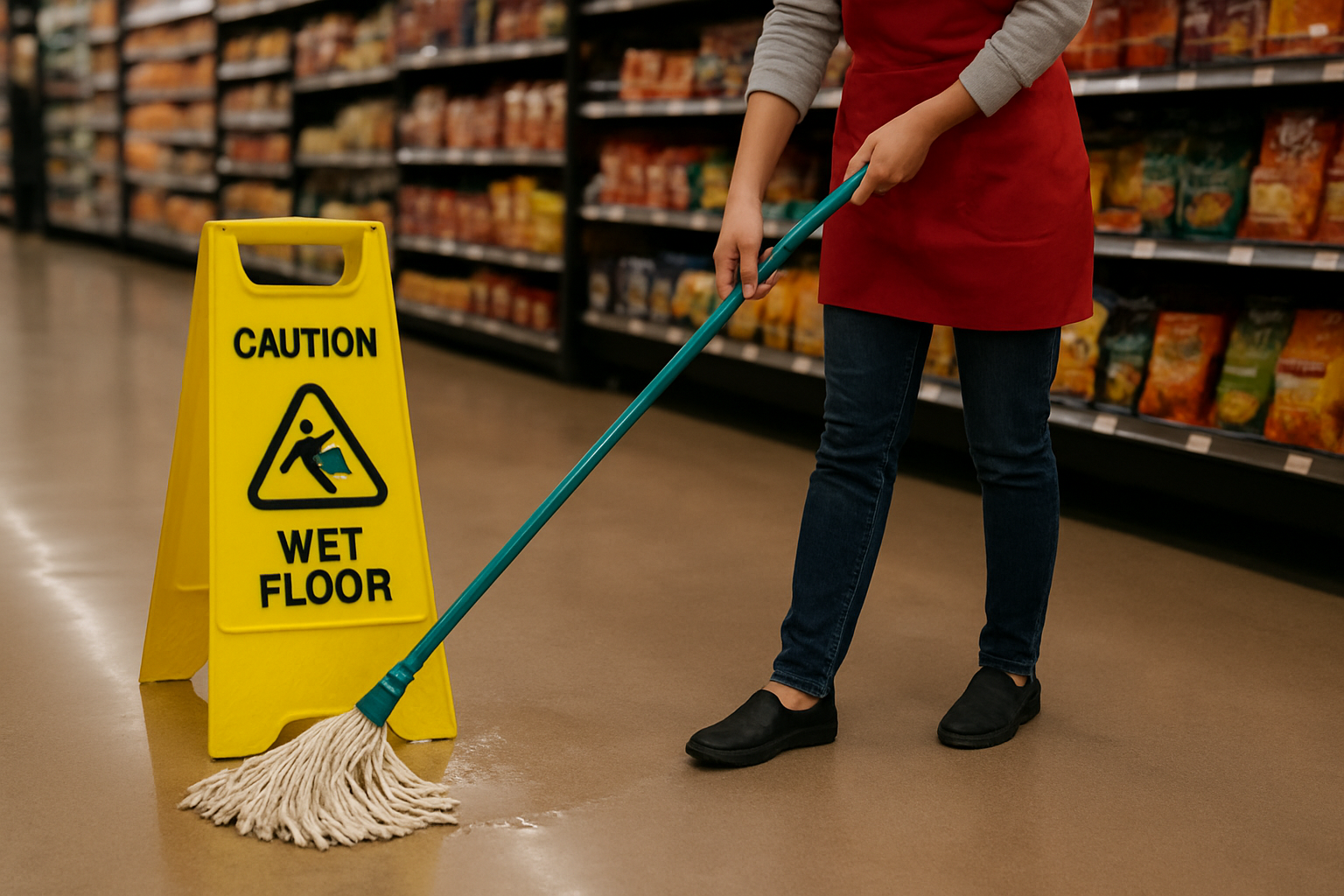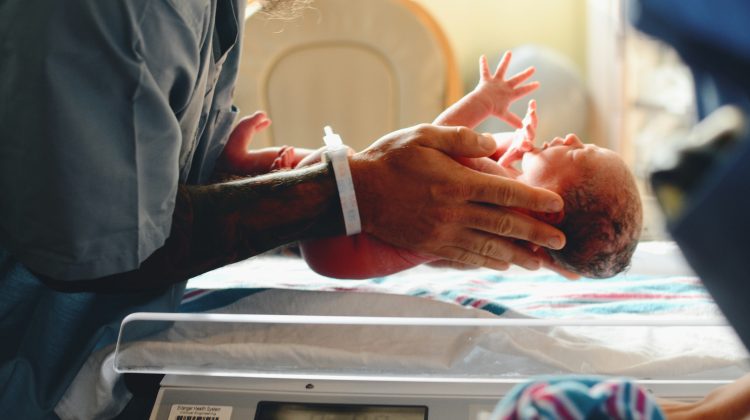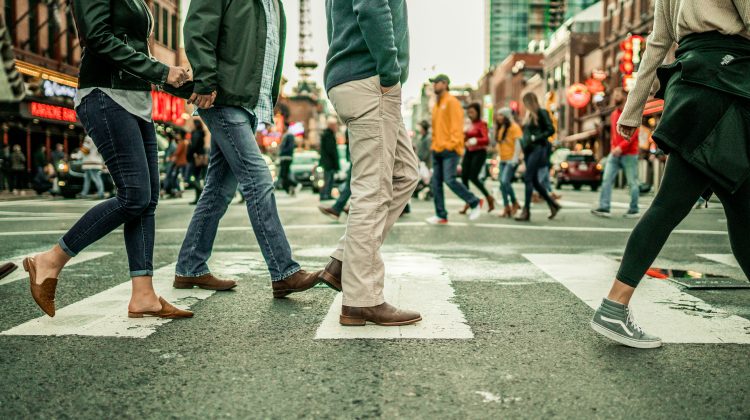Looking for straightforward answers about who’s legally responsible when someone slips and falls in a grocery store? You’re in the right place. If you were injured in a Los Angeles grocery store—or even just outside in the parking lot—a personal injury lawyer can walk you through who may be at fault and what your options are. The right legal guidance can help you understand your rights, protect your claim, and figure out the next steps that actually make sense for your life.
Understanding grocery store liability
In California, grocery stores and property owners have a clear duty to keep their spaces reasonably safe. That’s spelled out in state law. California Civil Code section 1714 makes it clear: if someone gets hurt because a property wasn’t managed with ordinary care, the person in control of that property may be legally responsible.
What does that mean in real life? If the store knew—or should have known—about a dangerous condition but didn’t fix it or warn customers, they can be held liable.
That might include slippery produce sections, a broken floor mat, spills left unattended near the carts, dim lighting, or even potholes in the lot.
Sometimes the blame falls on the store owner or manager.
Other times it may be the landlord or a third-party maintenance company.
Store managers are also expected to train staff, set up safety routines, and take quick action when hazards pop up.
When those steps are skipped, accidents happen, and liability claims follow.
What is the store’s legal duty in slip and fall accidents?
Stores are expected to regularly inspect floors, clean up spills, pick up debris, repair dangerous conditions, and warn shoppers about hazards they can’t immediately fix.
In California, courts rely on standard jury instructions (see CACI Jury Instructions, especially CACI 1000) to evaluate these cases.
In short, the injured person has to show: (1) the store or property owner had control, (2) they were negligent in maintaining the property, (3) that negligence caused harm, and (4) the harm was a substantial factor in the injury.
How do liability laws vary by state?
The basics are similar nationwide, but details vary by state.
For example, California gives most injury victims two years to file a lawsuit under Code of Civil Procedure 335.1. Some states are stricter or more lenient. Comparative negligence rules also differ.
In California, your compensation can be reduced if you were partly at fault—but you can still recover something.
Other states have different approaches.
If your fall happened in Los Angeles, California law applies, and a local attorney can explain exactly how courts here handle these claims.
Common causes of slip and fall accidents
Slip and falls in grocery stores usually stem from everyday conditions that could—and should—have been fixed quickly. Hazards tend to pop up in busy areas where people are moving fast and liquids or debris are common. Think about:
- Wet floors from spills, leaking coolers, or rain tracked in
- Worn or bunched floor mats that snag shoes near the entrance or registers
- Produce that’s dropped on the floor, like grapes or leafy greens
- Leftover soap, oil, or cleaning solution after mopping
- Dim lighting that makes it hard to spot uneven flooring
- Cracked tiles, loose thresholds, or uneven surfaces
- Shopping carts, boxes, or displays blocking aisles
- Parking lot dangers like potholes, faded paint, or oil slicks
Take wet floors, for example. If the surface is dangerously slick and the store knew (or should have known) about it, then yes—it can be treated as a property defect for purposes of liability. Store owners can’t just hope no one notices a hazard and gets hurt.
Safety standards also give us a clue about what “reasonable care” looks like. OSHA’s walking-working surfaces rule (29 CFR 1910.22) requires floors to be kept clean and dry whenever possible. In stores, that means spills should be handled quickly, warning signs should go up, and repairs should be made promptly.
Investigating accident scenes thoroughly
Strong cases start with solid investigation. Of course, your health comes first. If you’re seriously hurt, call for help right away. In Los Angeles, LAFD paramedics respond quickly, and ERs like Cedars Sinai and UCLA Health are nearby.
Once you’re safe, report the fall to the store manager and ask for an incident report. Take pictures of the area, the hazard, and your injuries. If possible, save your shoes—they may show how the fall happened. If you have a friend or family member with you, ask them to take notes and photos as well.
Reporting hazards right away helps too. Tell staff so they can put up signs, check the cameras, and preserve security footage. Video often overwrites quickly, so it’s important to act fast. If anyone saw what happened, grab their contact info. Even a quick note with a phone number can help later.
Gathering strong evidence for claims
To prove negligence, you’ll need evidence of the hazard, proof that the store knew or should have known about it, and documentation of your injuries and losses. This includes:
- Photos and video of the scene and any warning signs (or lack of them)
- Surveillance footage showing the hazard or the fall
- Incident reports and names of employees involved
- Witness statements and contact details
- Store safety policies, inspection logs, and cleaning schedules
- Medical records and bills for your treatment
- Proof of lost wages or damaged property
Don’t overlook the medical side. Every record—from ER visits to physical therapy to receipts for medication—matters. The CDC reports that millions of people are treated for fall injuries every year. Even if you’re not elderly, a fall can cause fractures, sprains, or head injuries that affect daily life. Solid medical documentation links your injuries directly to the accident.
Understanding premises liability
At its core, premises liability comes down to whether the property owner or manager acted reasonably. The law doesn’t demand perfection—just ordinary care. Did they have systems in place to find and fix hazards? Did they warn customers when repairs weren’t immediate? If the answer is no, your claim becomes stronger.
Proving negligence in store incidents
Courts and insurers look for the same basic elements: control over the property, negligence in handling it, an injury, and proof that the negligence caused that injury. Juries ask: Would a reasonable store have caught and fixed this hazard? Was the danger obvious? Were warning signs in place? Did the store know about recurring issues like leaky coolers?
Stores, on the other hand, often argue they had no notice (the hazard happened seconds before), that they followed safety protocols, or that the customer shares some blame (comparative negligence). Under California law, your compensation can be reduced if you share fault, but you can still recover damages as long as the store was also negligent.
Can wet floors be considered property defects?
Yes. A spill without a cone, or condensation that regularly creates a slick walkway, can absolutely count as a defect if the store didn’t take reasonable steps to fix or warn about it.
How legal guidance improves your case
Hiring a personal injury attorney can make a big difference. Lawyers know how to quickly send preservation letters, secure surveillance video, and gather witness statements before they disappear. They also handle the back-and-forth with insurance adjusters, which can be stressful if you try to go it alone.
Compensation is about more than just covering medical bills. You may also be entitled to lost wages, future earning losses, pain and suffering, and even property damage (like if your phone broke in the fall). The value depends on your injuries and how they affect your life. An experienced attorney knows how to present these impacts in a way that resonates with insurers and, if necessary, with a jury.
If your accident happened at a Los Angeles grocery store—whether Ralphs, Vons, Trader Joe’s, or anywhere else—don’t wait. A quick consultation can give you answers and protect your rights. No pressure, just practical guidance on your next steps.
Steps to file your personal injury claim
Wondering what to do after a fall? Here’s a general timeline most slip-and-fall victims follow. Your case may differ, but these steps usually help protect your rights:
- Get medical care and keep records.
- Report the accident to the store and ask for video to be preserved.
- Gather evidence: photos, witness info, and your notes.
- Talk with a personal injury lawyer early.
- Open an insurance claim—your lawyer can handle this.
- Send a demand and negotiate based on your evidence.
- File a lawsuit if needed. In California, you usually have two years under CCP 335.1. Claims against government entities have tighter deadlines (six months under Gov. Code 911.2).
- Go through discovery, depositions, and push toward settlement or trial.
If your claim is in Los Angeles County, cases are filed in the Los Angeles Superior Court. While most cases settle, being prepared for trial strengthens your position in negotiations.
Gathering your story, not just your paperwork
Evidence matters, but so does your personal story. Maybe your wrist hurts every time you pick up your child. Maybe you missed a paycheck and it strained your budget. Maybe you’re juggling doctor visits for a loved one who fell. Writing these details down—even just a short weekly journal—can help your attorney show the full impact of the accident, not just the numbers.
If you’re ready to take the next step after a grocery store slip in Los Angeles, reach out today. We’ll listen, explain your legal options, and if it’s the right fit, guide you through the process while you focus on healing.





No Comment